“The vineyard is our bank savings so we must protect it,” says Giusto Occhipinti at COS winery in Sicily.
He founded COS with two friends in the early 1980’s. “I had to go to school again and learn how to make wine. We took over an old cellar from the 1880s. In those days there were many wineries here. The phylloxera came late to Sicily and the demand for wine was huge.”
The vineyard is our bank savings.
COS is located in the southeast of Sicily, 10 kilometers from Vittoria, home to Cerasuolo di Vittoria , so far the only DOCG on the island. Local varieties are grown, mostly the black nero d’avola and frappato and the white grecanico and insolia.
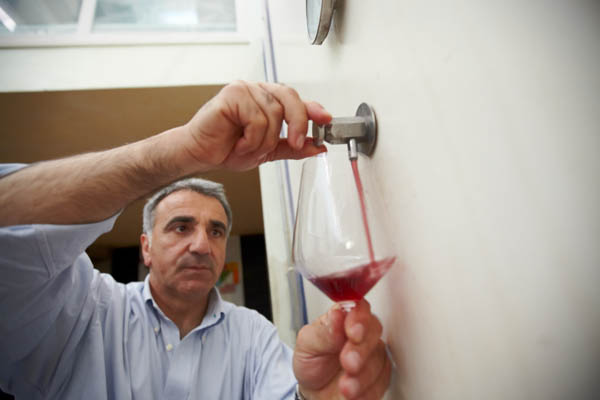
Hot and dry
Giusto has a little less than 30 hectares of vines as well as 18 hectares of olive trees. The soil diversity is important but all over the vineyard the soil is poor and limestone is mostly found 30-60 centimeters down into the ground, under a layer of red clay. But although the soil is poor, he never adds anything to nourish it, not even organic fertilizers. “If you do”, he says, “you change the terroir.”
“Producing wine is an old tradition in this region,” Giusto continues, “we have a suitable, dry climate and here at COS we do not use any chemical products.” The only thing he adds is some water during the hot summers. “I don’t need to add a lot. The limestone is like a sponge and keeps the soil moist for a long time. With these conditions I can make an elegant nero d’avola, not a muscular one, as in other places in Sicily. ”
The limestone is like a sponge
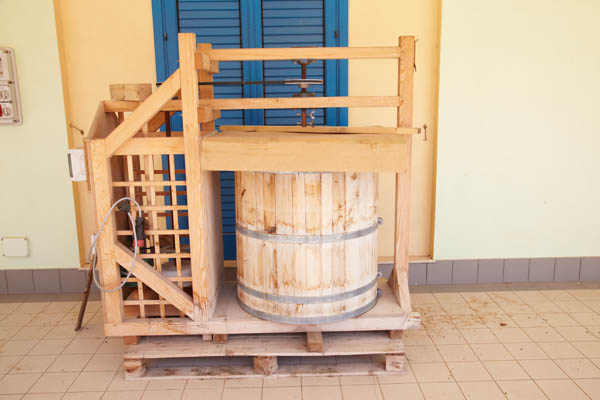
COS has been run biodynamically for several years now. Giusto makes his own teas of nettles and other herbs and plants, but he buys some of the biodynamic preparations. “Some are hard to prepare yourself and it is not always easy to get hold of the biodynamic ingredients you need.”
The advantages of the amphora
Giusto has given a lot of thought to the advantages and disadvantages of different kinds of fermentation and storage containers. Hi did experiments and finally decided on the clay amphora of 440 litres.
Clay is like oak
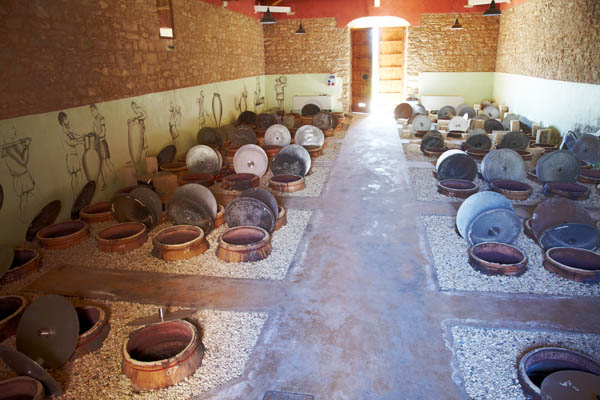
“Clay is like oak”, he says, “the wine breathes but the advantage with clay is that it gives no taste to the wine.” He uses the amphora for both fermentation and storage. Sometimes the skin contact is long, up to six months. “That way I do not need to add any sulphur,” he says “long skin contact acts as an antioxidant.” He also uses concrete tanks and botte, the large oak casks. The steel tanks in the winery are used only for blending.
Long skin contact acts as an antioxidant
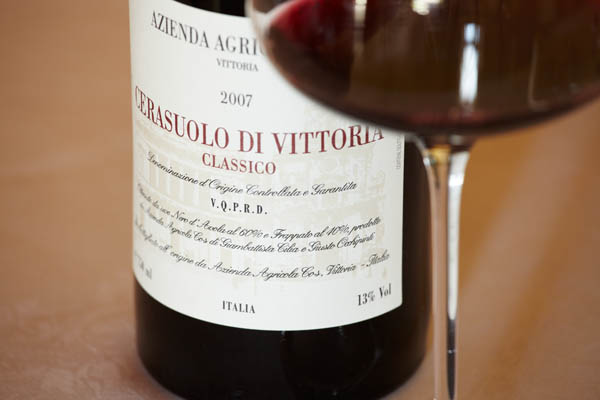
The wines
Tasting of some of the wines from COS:
COS Pitho Bianco 2009
Made of white grapes grecanico (a relative of garganega in Soave). Six months of skin contact gives intense aromas of peach and apricot. Quite fat in the mouth but with a good freshness. Interesting wine made entirely in amphora.
COS Rami Bianco 2009
25 year old vines of insolia and grecanico that ferment with the skins during ten days in concrete tanks. Dark color, aromatic and smoky, even some tannin from the skins. Concentrated and intense flavors of apricots and other ripe fruit.
COS Frappato 2009
The red COS Frappato is made partly in amphora and partly in concrete tanks. It is an unpretentious and easy to drink wine but very fresh and pleasant with a very attractive fruit.
COS Cerasuolo di Vittoria 2009
Frappato makes up 60% of the Cerasuolo di Vittoria, Sicily’s only DOCG. The remaining 40% is nero d’avola. Here we have more elegance and a more rripe fruit, but also here the structure is quite light and the acidity fresh and lively.
COS Maldafrica 2007
The grapes are 45 % cabernet sauvignon, 45 % merlot and 10 % nero d’avola. The nero d’avola-grapes are harvested early to give acidity of the wine. “It’s better than acidifying”, says Giudo. This is a complex wine with ripe fruit and a slightly smoky tone on the nose. Very intense and a good length.
More on COS: www.cosvittoria.it
[box type=”info”]If you are interested in wines from Sicily, or from other parts of Italy, then you can come on a wine tour to Sicily or to Italy organised by BKWine.[/box]

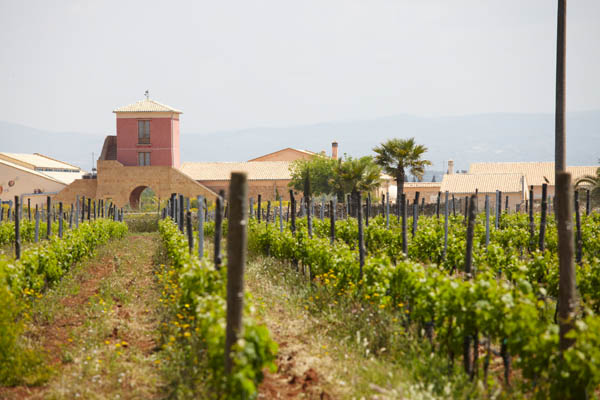
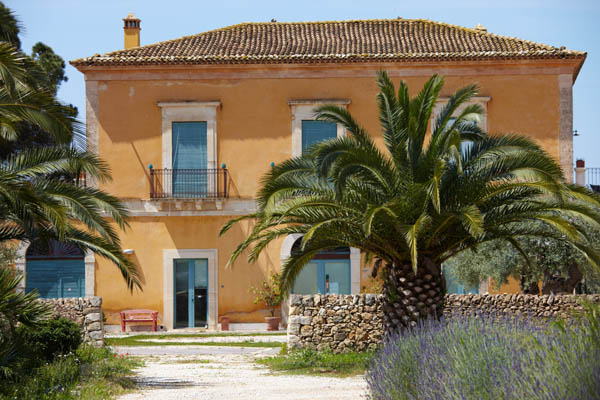
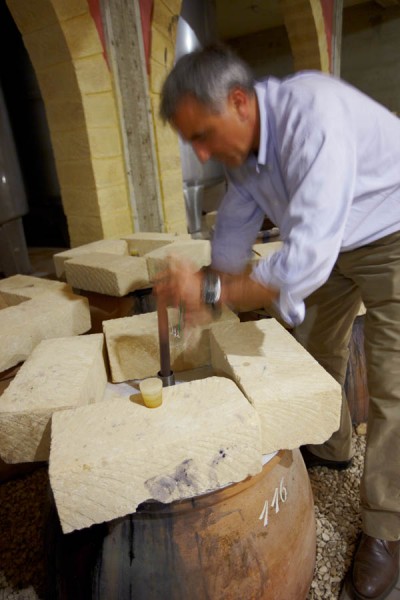
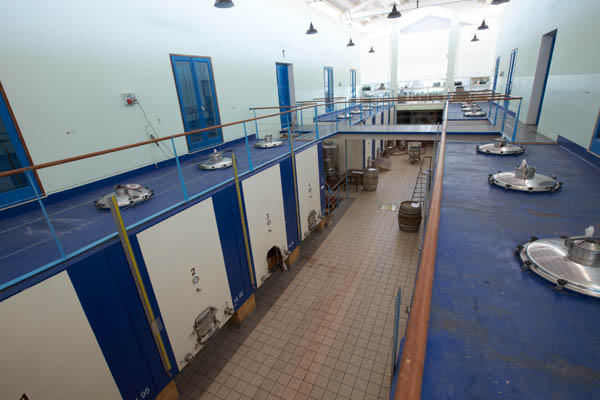
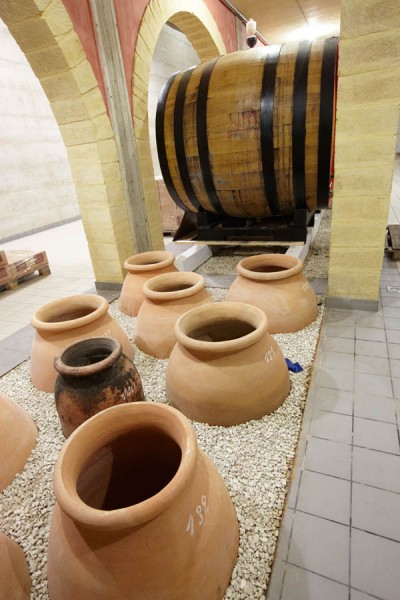
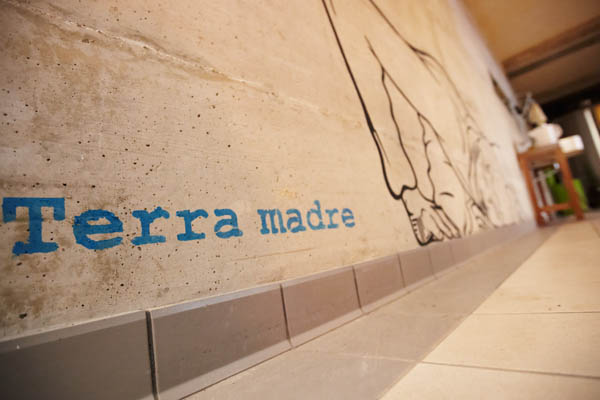
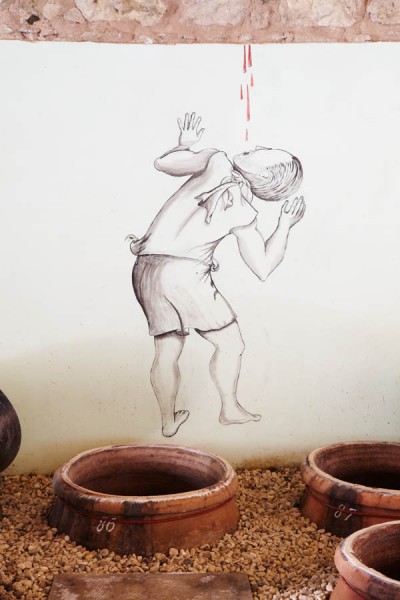




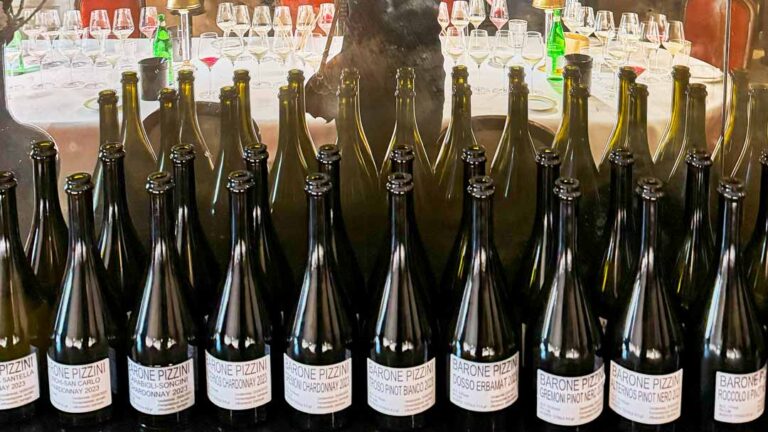






8 Responses
Really nice post!
I’ve been a fan of both Giusto and Arianna for a long time. There are many posts on them on my blog (https://arnoldwaldstein.com ).
I especially like the presentation around use of amphora. I spoke with Giusto with Arianna translating about the use of amphora at RAW in London a month ago.
I thank you for this post and the great pics. I plan on sending it around to friends with whom we’ve been discussing the use of amphora.
I’ll share this snapshot of Giusto and Arianna with you. Really great people.
Again..nicely done. You brought Cos to life.
I’d love to take a small group tour with a handful of bloggers to visit the natural winemakers in that area. We should discuss this sometime.
Forgot the link I wanted to share:
https://pinterest.com/pin/33354853460602980/
More on amphora coming soon. Keep your eyes open!
I recently tasted a wine of two from this producer in Paris at a tasting organised by their importer. The ones I tried were horrendously expensive and were also totally deviant, with some very unpleasant flavours. Only for the brave unconditionals of the mumbo-jumbo I fear! Others beware, even if it all looks nice and clean in the photos!
You know – Photoshop magic! I’ll let Britt comment on the tasting notes (if she wants). Perhaps a question of having tasted them on Sicily or in Paris? Or a question of liking “natural” :-O or not?
David, thanks for your comment. I don’t know about the prices but I did like the wines. I tasted them at the estate and also in Paris recently, at an amphora tasting. But it just goes to show, it’s all a question of taste. But I must say that I didn’t find them too “natural” – I’m not one of the brave unconditionals (although Per thinks so sometimes…)